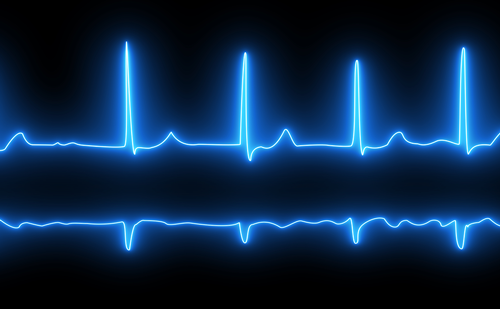Introduction: There are limited long-term data using continuous monitoring to assess outcomes of thoracoscopic ablation in patients with paroxysmal atrial fibrillation (AF). This study evaluated the long-term outcomes of thoracoscopic AF ablation in patients with implantable cardiac devices, allowing long-term beat-to-beat monitoring.
Methods: A total of 19 patients with paroxysmal AF (PAF) undergoing thoracoscopic ablation were evaluated. All patients had either an implantable loop recorder or pacemaker inserted, enabling continuous monitoring. AF burden was measured yearly for 3 years post-procedure. Mean and median AF burden at yearly intervals were compared across time intervals using the repeated measures ANOVA test and Friedman test.
Results: The mean age of patients was 60.0 ± 8.0 years and 11 (58%) were male. The mean AF burden at baseline was 12.9% ± 31.8%. This was reduced to 0.426% ± 1.08% at 1 year, 0% ± 0.0% at 2 years and 3.58% ± 15.6% at 3 years (p=0.068) (Figure 1). The median AF burden at baseline was 0.45% (interquartile range [IQR] 0.00%–0.07%), which significantly reduced to 0.00% at 1 year, 2 years and 3 years (IQR 0.00%–0.00%; p=0.01) post-ablation. During the study period, one patient underwent further cavotricuspid isthmus ablation and one patient underwent endocardial atrial tachycardia ablation using 3D electroanatomical mapping.
Conclusion: Thoracoscopic ablation resulted in excellent short-term and long-term arrhythmia outcomes with a significant reduction in median AF burden to 0% and a strong trend to reduction in mean AF burden seen up to 3 years post-ablation. ❑

















